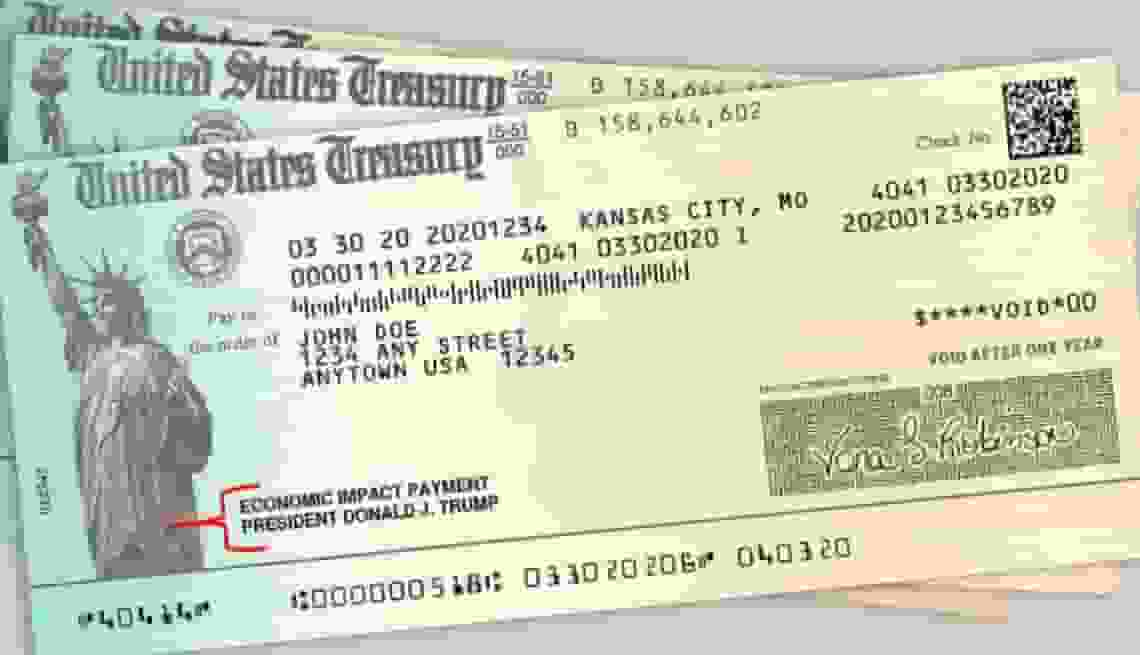Taxpayers of Colorado are expected to receive up to $1,500 in stimulus payments until 2023. Originally, the payments were $400 per taxpayer, but thanks to Colorado’s growing economy, the payments increased, says LaPonsie.
![Stimulus Payments [Photo: Business Insider]](https://s3.us-west-1.amazonaws.com/southarkansassun.com/2022/12/62d9ded6d0011000190fecc0.webp)
Stimulus Payments [Photo: Business Insider]
If taxpayers filed their 2021 income tax returns by June 30, 2022, the stimulus payments should have already arrived last September 30. However, for those who went for an extension and filed their income tax returns by October 17, stimulus payments will be received by January 31 of next year.
Who is eligible for these stimulus payments?
According to LaPonsie, compared to other states who have income limitations on who is eligible to receive their stimulus payments, Colorado only requires recipients to be aged at least 18 by the end of 2021. They must also be residents of Colorado for the entirety of the year 2021. Lastly, they must have filed the state’s 2021 income tax return or have applied for heat credit, rent, or property tax rebate.
Even if a taxpayer has left the state in 2022 but has filed their income tax return in 2021, they would still be eligible to receive the stimulus payments. Dependents of the filers could also receive stimulus payments as long as the income tax returns were filed by October 17. If the taxpayer has overdue taxes, child support obligations, or any government debt, the stimulus payments may be deducted to pay for these liabilities. According to the spokesperson of Colorado’s Department of Revenue, the state’s stimulus payments are this generous because they actually are refunds from sales taxes and not income taxes.




![Tyson Foods Plant [Photo: Food Manufacturing]](https://southarkansassun.com/wp-content/uploads/2023/08/iStock_1185520857__1_.5e441daa51cca-600x337.jpg)







![Silverado Senior Living Management Inc. [Photo: Los Angeles Times]](https://southarkansassun.com/wp-content/uploads/2023/10/download-6-4-600x337.jpg)

![China's Wuhan Institute of Virology [Photo: Nature]](https://southarkansassun.com/wp-content/uploads/2023/09/d41586-021-01529-3_19239608-600x337.jpg)
















